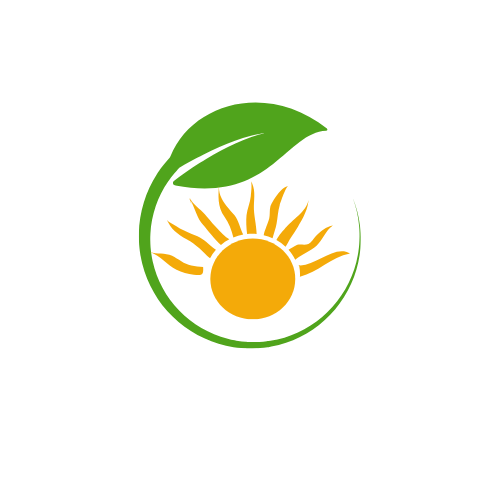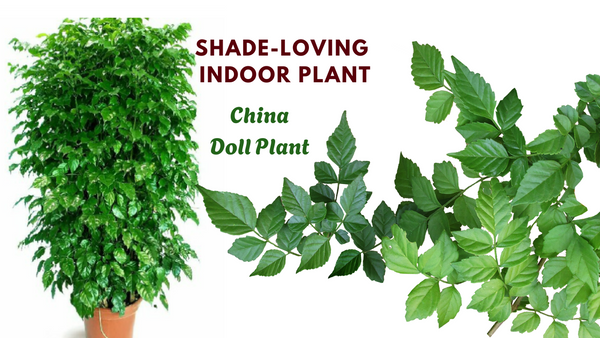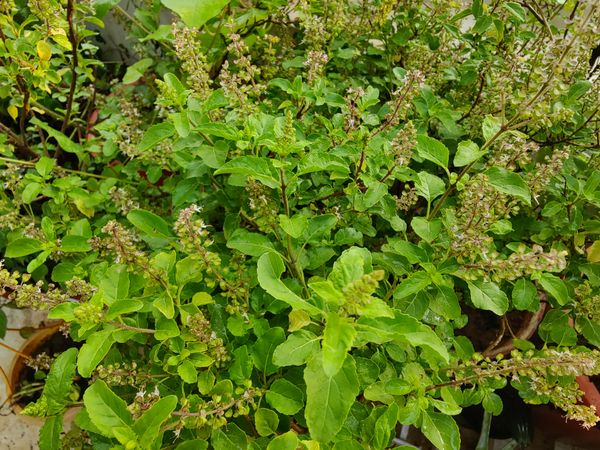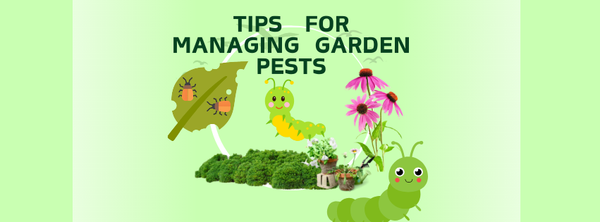Essential Fungicides for Home Gardeners 🩸🩸🩸| Houseplants Notes 006 - Varsha Aundhia
Fungicides
Fungicides play a crucial role in maintaining the health and vitality of your plants. Let's look into two main types: Contact and Systemic Fungicides, each serving distinct purposes. For home gardens, keep Saaf or Copper oxy chloride contact fungicide and Hexoconazole systemic fungicide in stock. That is all. Nothing more than that. There are 10 different types of fungicides in the market. Don't try any of them.
The first stage of treatmentUse the Saaf Fungicide first because it is both a contact and systemic for root rot or wilt problems. It is always preferred to use a product containing contact and systemic fungicide. After that if your plant is still struggling go in for a complete systemic fungicide like Hexoconazole.
Let's know about them:Contact fungicideContact fungicides are not taken up into the plant tissue and protect only the plant where the spray is deposited. it's superficial treatment.for example, if the plant has a Leaf spot or leaves blight or a superficial leaf disease, then use contact fungicide. It will be useful. For example Rose leaves when there is green-yellow-brown shading in the leaves that is three colour banding seen green yellow and brown, this has to be treated with contact fungicide like Copper oxy chloride which is the only approved fungi side for organic agriculture or Saaf which is both contact and systemic fungicide.
Upload
Diseased leaf with green-yellow-brown shading, remove and spray contact fungicide
-
Saaf Saaf has a green colour triangle which means it has the lowest toxicity. Fungicides do not have a yellow or red triangle at all. Fungicides are low toxic substances. We can use the crop after 4-5 days of its application, after washing. Insecticide are toxic than fungicide.
Saaf is a trade name, which contains the product Carbendazim 12% mancozeb 63% WP. Carbendazim is systemic. It can enter the plant system and attack the fungus. It will take 2 to 3 days to go into the system and start acting. Mancozeb in saaf is contact fungicide . It superficially attacks fungus on plants, and leaves and takes care of problems immediately. It does the activity within a few hours of applying.This is the advantage of using Saaf which contains both contact and systemic fungicides. Saaf is good for curing root rot and leaf disease.
Sulphur 80% W. P. That is wetable powder, when added to water it will dissolve. It is a contact fungicide and it is specially used for powdery mildew which is a disease seen only as whitish deposits on plants, especially leaves. It is only cured by sulphur. It is used for mites and spiders. Spiders are not plant unfriendly. Mites are unfriendly. It has a green colour triangle. Which means the lowest toxicity.
Copper Oxychloride (COC) is the basic contact fungicide, like Paracetamol for fever in humans. Copper oxychloride with a blue colour triangle, means it is medium toxicity.
A few common examples where Contact fungicides are used:
- Root Rot disease is superficial on the skin of the root. Complete the root outer portion. The root outer portion is eaten completely by fungus in such cases. Rot can be treated with contact fungicide by drenching into the soil. In Rot suddenly the plant will burn.
2. After cutting or pruning use contact fungicide. When you make an injury to the plants use contact fungicide as a preventive measure. For example, while you do cutting of roses in October-November after rains, you will have night dew falling, on the tips of cut ends, there fungal spores will settle down and show symptoms of dieback. It is then you will have to do some application of Saaf, on the same day or the second day. Make a paste of Saaf or copper oxychloride contact fungicide and apply it on the cut ends. This will have a hundred percent effect on preventing a plant from picking up disease.
3. When you repot the plant, that time you are cutting roots. After root pruning do fungicide treatment in soil.
4. A leaf blight disease It happens in rains and spreads fast, whose symptoms include sudden and severe yellowing, browning, spotting, withering, or dying of leaves.A spray of a good contact fungicide will be effective. Either Copper oxychloride or Mancozeb is best. Since this is a leaf issue and is superficial on leaves, it cannot affect the roots. So root drenching is of no use. The spray is effective. Mix 6 grams of Saaf or Copper oxychloride fungicide per litre of water and two puffs per infected leaf.
Upload
Leaf blight disease, remove it and use contact fungicide
-
Upload
Use Contact fungicide
-
5. An overcast ( cloudy) weather or Misty weather without rain is always conducive for the spread of foliage diseases. If it alternates with bright sunny weather, damage is possibly more. So it is best to look out for leaf browning during these days. A suitable fungicide like copper oxychloride or Mancozeb alone can manage leaf diseases. A Fungicide like Carbendazim, which is systemic, cannot handle leaf diseases.
6. Use when you find basal leaves yellowing suddenly in a lot or tip leaves hanging down.Systemic fungicide
Earlier there were only contact fungicides. Now systemic fungicides are more used which can take care of both fungus. It travels and may cure leaves infection. But it may take time to travel from the root to the leaves. The same thing can be done by contact fungicide on the same day. Farmers like systemic fungicide more than contact fungicide because systemic fungicide stays in the system for a few days. it takes care of the plant for a few more days or weeks.
Hexoconazole like Purport Plus(Trade Name)Hexoconazole is a recent introduction. It is a systemic fungicide. It's a very very powerful fungicide. It can do the work in one day. It disassociates and disintegrates faster than carbendazim. It becomes less toxic than Carbendazim.For wilt use systemic fungicides like Hexoconazole which works very fast in a plant system or Saaf which is both contact and systemic fungicide. Systemic fungicides kill the fungus inside the plant without affecting other parts of the plant.
Carbendazim ( Bavistin) is the next better one. Bavistin is a systemic fungicide .
Wilt Top of the plant shows a Lanky nature and falls but the bottom is still healthy is called wilt.Fungus enters through the root of the plant and goes all the way into the stem of the plant thereby blocking the water-conducting tissues of the plant. That is why in wilt root of the plant is alive. The wilt fungus travels through the xylem which is water-conducting tissue. They block the water conductivity of the plant. The base of the plant is alive. The top shows shrink or wilt.Wilt will be affected from the top and slowly come down. You can make the plant come back to life. The plant will be still alive. You will have to eliminate fungus growing inside the plant.
How to use:
Drench Saaf or any other contact fungicide on plant and the soil 5g per litre of water. This solution has to be given 200 ml per plant in the roots.
Powder fungicide 5 g per litre of water . Half a litre per pot . Hexaconazole, liquid fungicide 3 ml per litre and one full litre per plant . After this don't water for the next day as you have already done watering along with fungicidesDon'ts about FungicideIf you use a fungicide on a weak plant, it may not be effective. Make the plant grow better in the next 10 to 15 days. After that, we can use fungicide treatment. Already the soil is damp and if you add fungicide, it will make the condition worse. Even before the fungicide goes into the system, the water will kill the plant. So poke the soil with a fork, let the air reach the roots and the soil gets dry, then use fungicide.Do's about fungicide
In Saaf contact fungicide, mancozeb concentration is higher i.e. 63%. The moment you apply it to the root, the rot pathogen is immediately taken care of. The superficial fungi are immediately taken care of. Fungicides' shelf life is approximately 5 to 6 months. Can be used as a preventive measure. All fungicides are preventive in nature. Insecticides are not preventive in nature. We want to use fungicide as a curative because we don't want to dumb soil with fungicide.Don't do unnecessary fungicide treatment. plants are resilient. They can take care of themselves. The environment in which they are matters more than any input which is given. This is my experience in the journey as a home gardener, which I like to share with you friends, I wish you...
Happy gardening!
Warm regards, Varsha Aundhia
You may watch my terrace Garden in my videos




